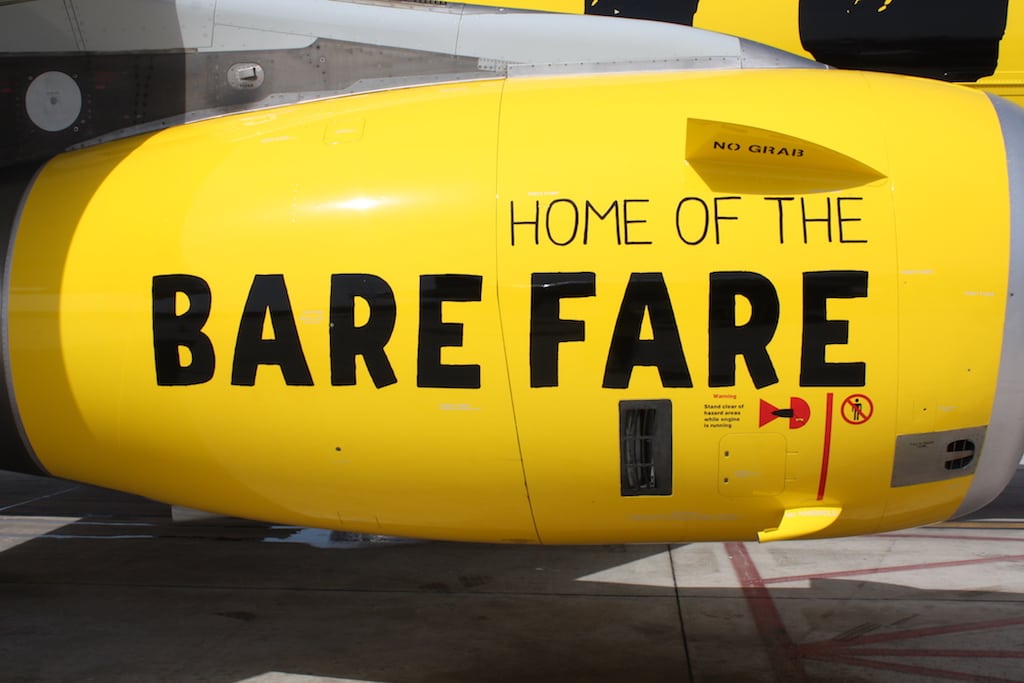Skift Take
Spirit Airlines had to reduce its guidance for 2017 following storm-related cancellations in early 2017. This represents a blip on the radar for Spirit, but questions remain about how Spirit will cope as legacy carriers introduce lower fares to compete.
Spirit Airlines has faced increasing pressure from legacy carriers in the U.S. which have moved to introduce basic economy fares to compete with ultra low-cost carriers.
While the competitive landscape has changed for Spirit, it’s not truly a new development in the eyes of its leadership. The airline, however, adjusted its guidance in its fourth quarter 2016 earnings, and shows an expected decrease of 2.5 percent in the first quarter of 2017 in revenue per available seat miles.
“The competitive environment has changed dramatically,” said Spirit Airlines CEO Robert Fornaro on its earnings call. “Prior to the summer of 2015 for the most part the competition didn’t match many of Spirit’s prices. Certain markets outside of Florida have always been competitive but a lot of mid- and end-markets our pricing was ignored. We were viewed as a small carrier and with all the restructuring going on, we were ignored in many of those markets. That’s changed. And basically today we see heavy competition across our whole network.
“Prior to 2015 there was a competitive environment that quite frankly just about everything worked. And today in a more competitive environment what you see across the industry is see lower margins today across all carriers because the competition is very, very aggressive. And so, it’s under that assumption that we assume we’re going to face competition everywhere…. So that’s a much different philosophy versus where we were a couple of years ago…”
Spirit’s stock dropped by 2.9 percent Tuesday following the release of its financial results. The company blamed its weaker than expected guidance on cancellations caused by winter storm Helena in early January.
Despite pressure from other carriers it hasn’t traditionally competed against, Spirit expects its capacity to increase 18.5 percent year-over-year in 2017. The airline expects to fly 17 new routes in 2017, with 10 to 15 more slated to be announced this year.
Spirit’s executive leadership said it’s too soon to tell how increased competition will affect the airline going forward, especially Delta’s new basic economy fares.
“Delta rolled out its fare offering without a lot of fanfare,” said Fornaro. “And I wouldn’t necessarily, again even though it’s relatively broad, it didn’t come out in the same way that perhaps the United and American are being talked about. They just kind of rolled it out in the normal competitive environment. From Delta’s perspective this is just one way they are going to compete…. It’s [the same as] what American is about to do or United to some degree. It’s been talked about for two years. There’s been a lot of fanfare going on. And like I said, again, we really haven’t seen much yet. But my summary right now is we really can’t tell. We compete well with Delta in the markets where we see it, but it’s too early to predict anything else.”
The Daily Newsletter
Our daily coverage of the global travel industry. Written by editors and analysts from across Skift’s brands.
Have a confidential tip for Skift? Get in touch
Tags: low-cost carriers, spirit airlines
Photo credit: Spirit Airlines' stock dipped after it lowered its guidance for the beginning of 2017. The engine of a Spirit Airlines aircraft is pictured here. Spirit Airlines
